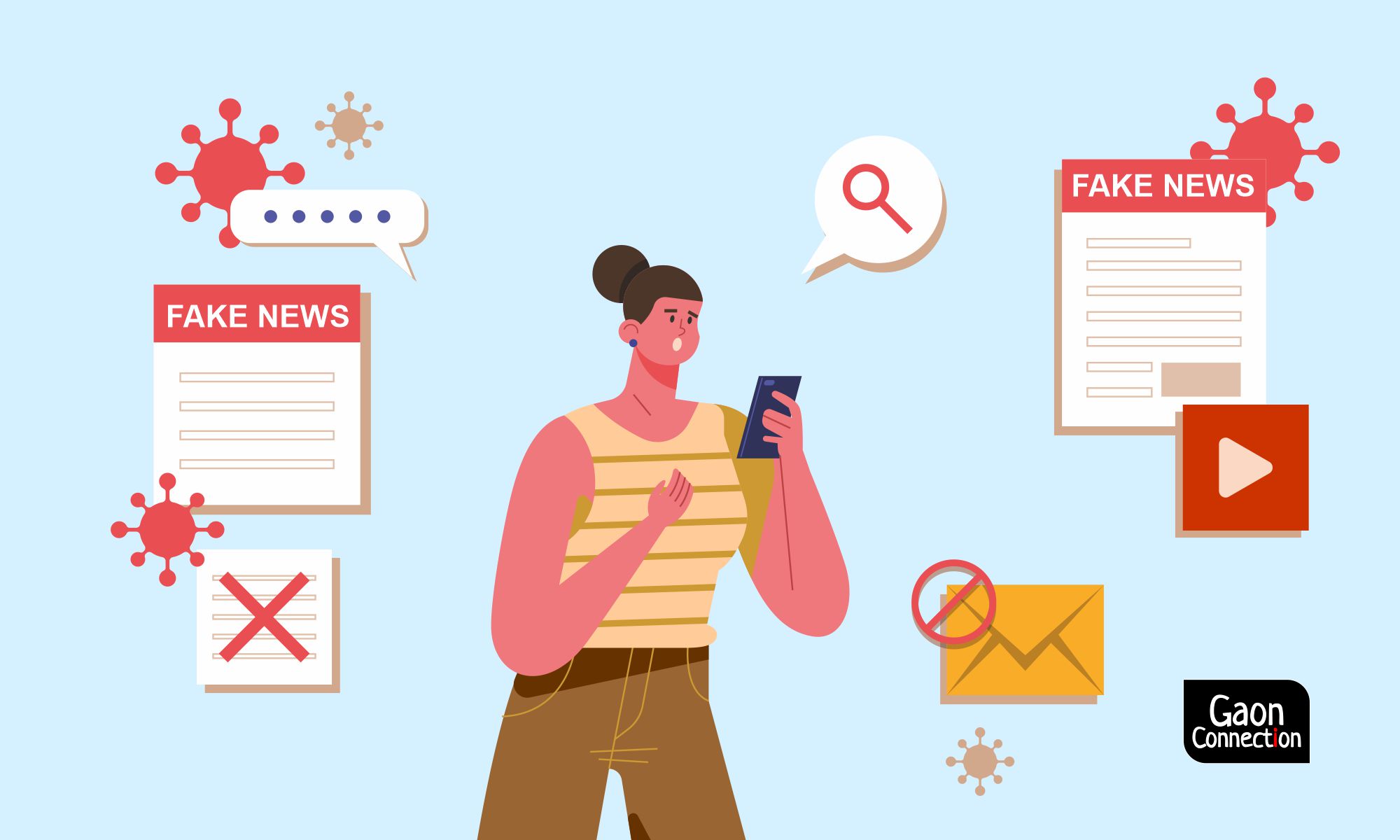“Have your periods or is it time? Then, wait till you have your vaccine. Your immunity is low now,” reads the latest WhatsApp university forward. Another has a Dr Alok stepping up to say “No oxygen? Don’t worry, use this nebuliser” and goes on to explain how inhaling through a nebuliser without any medicine inside gives you oxygen from the atmosphere! Of course, both went viral in a nation where slaying hoax WhatsApp forwards takes up much time of fact-checkers.
Every time there’s a crisis, social media becomes a saviour to those in distress. Unfortunately, some people try to send people on a wild goose chase during the same crisis. People tend to believe what’s put out on WhatsApp. Be it consuming a mix of 12 barks to keep COVID at bay or inhaling the vapour of clove and camphor to increase one’s oxygen levels.
Now, in the current rush for hospital beds, oxygen and Remdesivir in the National Capital of Delhi and elsewhere, something similar is happening. Fake trails show up, some claim to represent a company, take money and then switch off their phones. People have been sharing numbers of those doing home RT-PCR tests. They come, collect the money, show no ID card and the money is gone, as is the test.
In our desperation, we clutch at every straw, however frayed it may look, searching for hope.
How does one separate the wheat from the chaff? How does one separate the truth from falsehood? How does one ensure we are not passing on and sharing something that is not true? How does one ensure one is not re-sharing a request that has been fulfilled?
Here is a list of dos and don’ts put together from some years of volunteering. This list will help you do your optimum best while sharing news on social media, so that you actually help and are not merely adding to the RTs and clogging up precious space on the Internet.
Pick the phone and call
If you get a request for oxygen or for a bed or a child missing, first call or message the number there to verify if the request is still open, if there is still a need or if the child has been found. After verification, tweet or share.
Time taken: Less than five minutes.
The advantages: You won’t be sharing a fulfilled request and clog the request lines. You won’t be sharing a morphed photo of a child from Bangladesh who is supposedly stuck in Mangaluru, but where the language in the background is not Kannada or Tulu.
Delete fulfilled requests
Once a request is fulfilled, delete it and write a post as to why you’re deleting it, so people do not re-share it and help is diverted to someone who has already received it.
If you’re received a request that originated some hours ago, scroll down the timeline to check if it has been fulfilled.
Time taken: Two minutes.
Advantages: You won’t be adding to the list of people hunting for the same thing for the same person.
Check before posting
Check phone numbers listed for blood and plasma donation before forwarding them. Do they have 10 digits? Do they work? This will reduce the time taken by someone in need to access help.
Time taken: Two minutes
Advantage: You share information that will really be useful.
“Too good to be true?” and “OMG, I did not know this” posts
From experience, 90 per cent of the time, these posts are too good to be true, and are OMG level, because you never needed to know it in the first place.
Over the years, there’s a steady stream of such news. From crocodiles escaping during the Chennai floods, to someone giving ten tonnes of relief material at a particular junction… everything that sounds fantastical or too good to be true, usually is fake.
Time taken: Five minutes
Advantages: Save yourself the heartbreak of going to seek help and realise its fake.
Always type “fact check”
When you rush in to search for something that sounds surreal, always run a fact check. Most often than not, it will show you the real picture. No, Remdesivir was not named after an Indian scientist and neither did pharma major Gilead donate money to a school in Tamil Nadu where the scientist supposedly studied.
Time taken: Less than a minute, depending on Internet speed
Advantage: You don’t help spread falsehood or create a fake feel-good narrative.
(Views are personal)


















